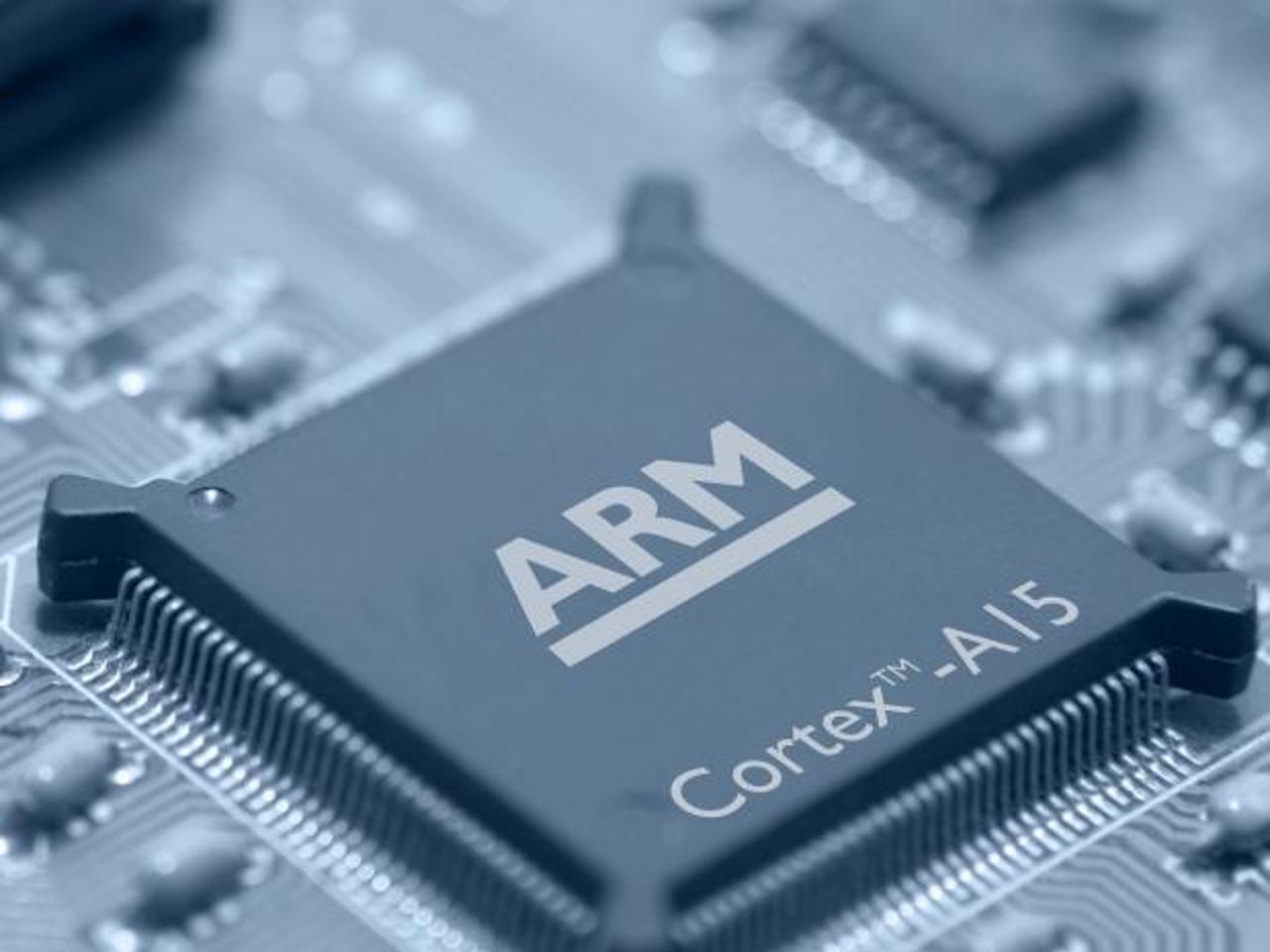OpenStack brigade backs try-before-you-buy ARM cloud

Developers can now test out open-source cloud software on ARM chips, via a new try-before-you-buy scheme for OpenStack.
Canonical, Calxeda, HP and Core NAP have clubbed together to add the RISC-architecture processors, which power the majority of mobile phones, to prototype servers in the TryStack cloud.

The move means developers can tinker with the low-power ARM chips to see what kind of performance they can get out of the technology, without having to put money down.
"The ARM technology-powered OpenStack cloud zone in TryStack provides free and easy access to explore and test workloads on the latest generation of ultra-low power servers," Ian Ferguson, the director of server systems and ecosystems at ARM, said in a statement on Wednesday.
"Highly efficient datacentres, combined with flexible cloud infrastructure on a massive scale, are increasingly essential to support the proliferation of always-on, always-connected mobile computing devices," he noted.
Developers can get a free TryStack account by joining the scheme's Facebook group, according to a post by ARM specialist Calxeda on the OpenStack blog.
At this stage, the TryStack cloud is quite small. It consists of 156 cores with 1040GB of memory and 59.1TB of disk storage, and it lives in a Texas-based datacentre operated by Core NAP. It supports three different options for developers: the OpenStack Essex distribution on x86 and ARM chips, and the Diablo distribution on x86 alone.
Why ARM matters
In the last decade, ARM's chips have come to dominate in the phone industry, but they have yet to make a mark in servers. However, companies are keen to get their hands on the technology, as the RISC-architecture chips consume less power than those made by x86 giant Intel.
Less power lowers the overall cost of computation, which means developers can run applications for less money. It also reduces the thermal footprint of the chips, which makes it possible to pack them closer together. This combination of cheaper power bills and potentially higher densities has both developers and major IT companies interested.
But — and it's a big but — ARM chips are still some way from being server grade. A 64-bit ARM processor — crucial for intensive server workloads — is at least a year out, and Intel has made it a priority to get into low power via its recently announced Centerton processor.
What developers don't want to do is expend a lot of effort on reprogramming applications to run on a different chip architecture, then see Intel catch up, making their efforts pointless.
The jury is still out on whether Intel can completely close the power gap with ARM, so TryStack is a neat tool for developers who want to play around with the platform.
Finally, it should be noted that the hardware the ARM chips are running on is HP's Redstone Server Development Platform, which came out in November. So though developers will not be paying to use the cloud, it's likely HP will be looking closely at how the workloads perform on the hardware for their own internal R&D purposes. Free is never really free.